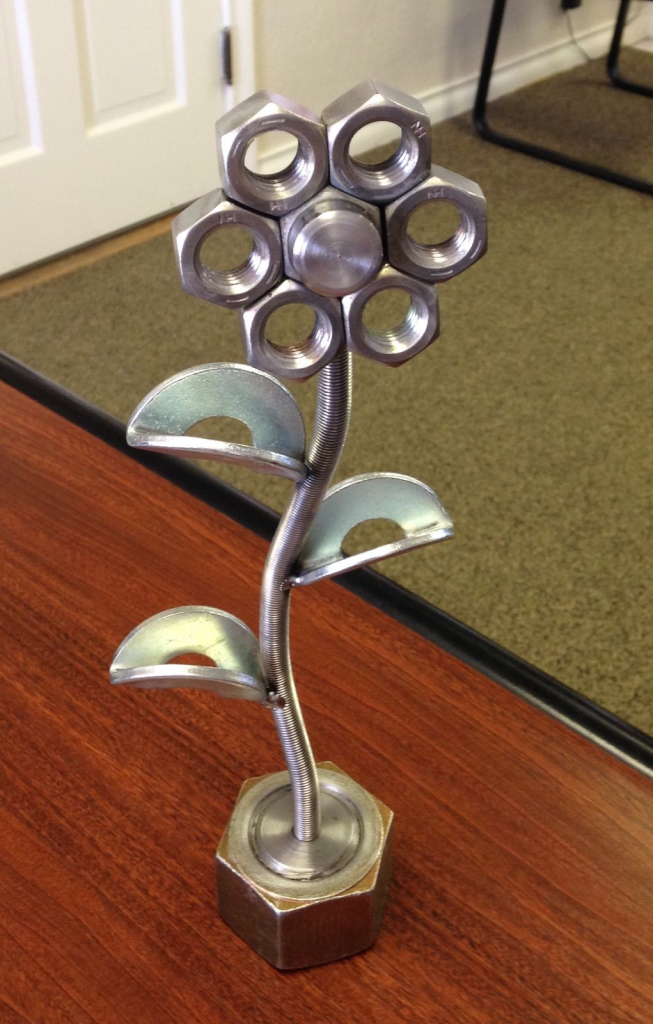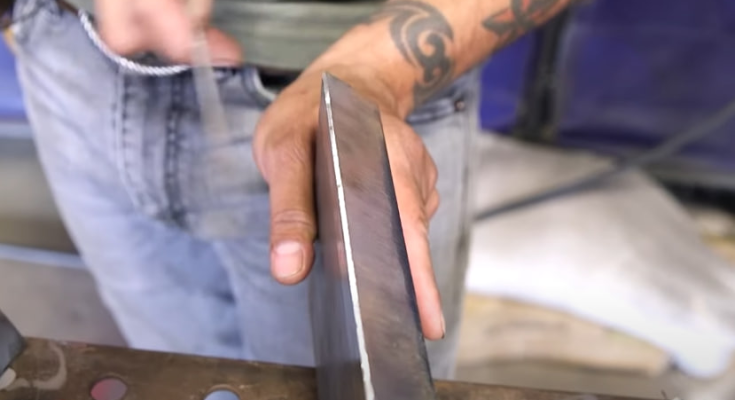Welding is a craft that blends art and science, and the “best” technique often depends on the specific application. However, mastering a few core principles can elevate any welder’s skill and produce superior results. The five most crucial techniques involve a thoughtful approach to preparation, execution, and finishing.

1. Meticulous Joint Preparation: The Foundation of a Strong Weld
A great weld begins long before the arc is struck. The most overlooked but critical technique is meticulous joint preparation. This involves cleaning the base metal thoroughly, removing all rust, paint, oil, and mill scale. Contaminants can introduce porosity and inclusions, leading to weak, brittle welds. Additionally, properly beveling and gapping the joint ensures full penetration and a strong, uniform bond. A V-groove or J-groove joint, depending on the thickness, provides a larger surface area for fusion, making for a much stronger final product. Taking the extra time to prepare the joint pays dividends in weld quality and reduces the risk of rework.
2. Consistent Travel Speed and Angle: The Art of the Perfect Bead
Once prepared, the execution of the weld bead itself requires a steady hand and consistent technique. Maintaining a uniform travel speed is paramount. Moving too fast results in a thin, weak bead with poor penetration, while moving too slowly can lead to excessive heat input, causing burn-through or a wide, lumpy weld. Similarly, the work angle and travel angle of the electrode or torch are critical. A consistent angle directs the heat and filler material precisely where it’s needed, ensuring proper fusion and a clean, aesthetically pleasing bead. A common starting point is a 10-15 degree drag angle for most processes.
3. Mastering Arc Length and Amperage: The Key to Control
Controlling the arc length—the distance between the electrode and the workpiece—is a fundamental skill, especially in Shielded Metal Arc Welding (SMAW). A short, consistent arc length produces a stable arc and good penetration. A long arc, on the other hand, can cause spatter, instability, and a wider, less controlled bead. Amperage also plays a vital role. Too low an amperage results in a cold, “piled-up” weld, while too high an amperage can cause burn-through. The best welders develop a feel for the “sweet spot” of amperage for a given material thickness and electrode type, and they can adjust their settings on the fly to maintain a perfect arc.
4. The Weave and Dabbing Technique: Adding Strength and Aesthetics
For thicker materials or in certain positions, a simple drag-and-go technique isn’t enough. The weave and dabbing techniques are essential for creating a strong, wide weld bead. A weave involves a side-to-side motion, allowing the welder to fill a wider gap and ensure proper fusion on both sides of the joint. The key is a brief pause at each side of the weave to ensure the edges are properly filled. In Gas Tungsten Arc Welding (GTAW), the dabbing technique—where the filler rod is rhythmically dipped into the weld puddle—is used to build up the weld bead layer by layer, creating a clean, consistent appearance and strong joint.
5. Post-Weld Cleanup and Inspection: The Final Seal of Quality
A great weld isn’t finished until it has been properly cleaned and inspected. Removing slag and spatter not only improves the appearance of the weld but also allows for a thorough visual inspection. A professional welder knows how to identify common defects like undercut, porosity, and cracks. Grinding and smoothing the weld bead to meet aesthetic or functional requirements is the final step in producing a high-quality finished product. The dedication to this final stage separates a good welder from a great one.
Watch Video:

